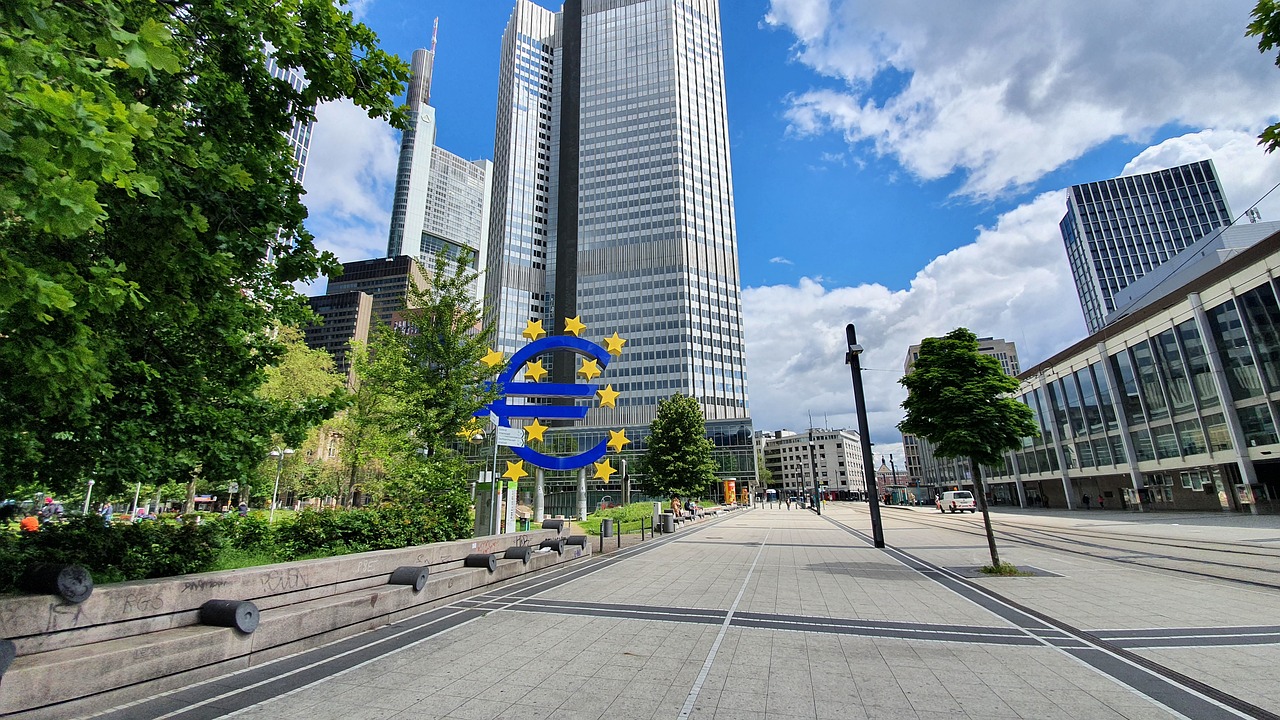In December, the ECB clearly announced the end of the rate hike cycle. Financial markets interpreted this signal and the current economic weakness as clear indicators of upcoming rate cuts.
What we can be sure of at the moment, is the ECB’s desire to dampen expectations for rate cuts, which have already gone too far. Long-term bond yields have risen from December lows but are significantly off their peaks from the fall of last year. This somewhat eases financing conditions and to some extent weakens the operation of restrictive monetary policy. The Governing Council wants to ensure that inflation is heading towards target and that it will be achieved within the forecast horizon before it takes initial easing steps. Most central banks do not want to make the mistake of cutting rates too early. The ECB and other institutions care about their good image, transparency and credibility. If they were to make a move that had not previously been communicated in any way, then market confidence could be undermined. An even worse scenario would be a premature cut, inflation rise in the following months, and then a rate hike aimed at curbing the second wave of this economic phenomenon.
In the case of inflation, the ECB’s task is not yet completed. While it is decreasing, reaching the target level of 2 percent could be a long process for several reasons. In the coming months, the dynamics of price growth will be determined by two opposing trends. On the one hand, we will have greater disinflation as a result of weaker demand due to economic slowdown. On the other hand, inflationary pressure may arise due to less favorable base effects, rising wages and as a result of tensions in the Middle East. If the geopolitical situation escalates, there is a risk of rising oil prices and another boost to CPI indicators. The government interventions in some countries, especially Germany, will also be significant.
Against this background, where the risk to inflation is rather greater than smaller, any interest rate cut at this stage makes no sense, at least not in the eyes of the ECB.
If Christine Lagarde can effectively limit market expectations for rate cuts, then the euro could benefit from this change and lead to further increases in the main currency pair, at least around 1.10.
Łukasz Zembik, Oanda TMS Brokers
